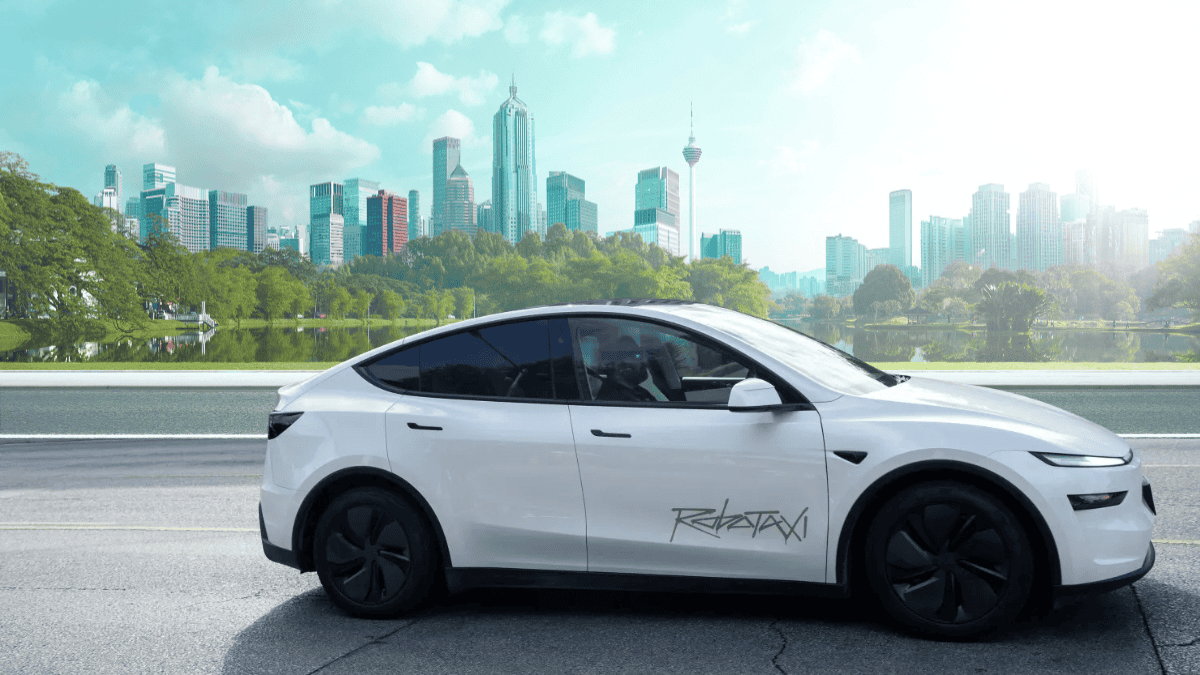Picture an Austin sun shining on a driverless Tesla Model Y while its doors ping with ride requests from screen-watching passengers. To casual onlookers, the moment feels like science fiction; to regulators behind the curtain, alarm bells are already ringing.
What started as a press-friendly proof-of-concept for Elon Musk’s next-gen shuttle service has quickly morphed into a mess of public image and paperwork. Now investigators are involved, and the paperwork is piling up.
Viral Footage Pushes NHTSA Into Action
Just hours after the first cars rolled out, smartphone clips began to spiral online and show unnerving behavior—steering columns that drifted into oncoming lanes, panic stops for uncrewed police cars, and even one video that looked like a taxi driving up the wrong side of a busy street. Those glitches keep cropping up, and that repetition has turned noise into news.
The National Highway Traffic Safety Administration wasted no time. NHTSA is already asking Tesla for the complete data set from the Austin trial, telemetry logs that could fill a small server farm if the test was massive enough. Tesla, for the moment, is quiet, though inside the company, engineers are probably sifting through code by the hour.
Importantly, the agency reminded everyone last week that it never pre-approves anything disguised as fully self-driving. Manufacturers give themselves a certificate saying their cars are ready, and only after the public video storm does the government muscle into the conversation.
A Careful Launch That Went Sideways
Tesla kicked off its Robotaxi experiment with a handful—literally 10 or maybe 20—customized Model Ys cruising only when the sun was up and the roads were clean. The cars stayed inside a tight loop around Austin, and most of the folks getting rides were die-hard Tesla fans, influencers, or investors showboating on TikTok and Twitter afterward.
Those same posts, believe it or not, caused the first real headache. One upbeat YouTuber—the kind who never misses a chance to back Elon—shot a video of a Robotaxi blasting through a turn, crossing a double-yellow line with nobody else in the way. Somebody else cheered the car’s confident drift even though the speedometer was clearly flirting with the limit. It sounds small, but when the cameras are rolling, every hiccup looks gigantic, and the community starts suddenly wondering whether the brain software is racing ahead of common sense.
The Stakes Got Real Fast
Go big or go home, and for Musk, go home is not an option. He once claimed Tasmanian highways would see fully self-driving cars by 2017, then promised us a million Robotaxis churning out spare cash by 2020—neither happened. People still ring his phone for bold estimates, but they also replay those older numbers that landed like bombs.
So you better believe the pressure is nuclear now. Tesla’s quarterly earnings for Q1 2025 fell 71 percent year-over-year, sales dipped, and shareholders are fidgeting like kids waiting for a bell. In Musk’s head, these Robotaxis are more than cool tech; they are the economic life vest keeping the whole ship afloat.
Other companies keep racking up wins. Waymo just bragged about giving riders 10 million paid trips in driverless vans. Over in China, Baidu, Pony.ai, and WeRide are loading up city streets with their own robotaxis, and local governments are all in with permits and cash.
Tesla’s Austin test loop feels tiny by comparison—it’s basically a science fair project that people are still poking at and asking hard questions.
The NHTSA’s presence is palpable, almost like a shadow at every demo. They’re still digging into that FSD Supervisory mode after several wrecks, one of which went sideways in Arizona when glare kaboom-ed a camera’s view and sent the car straight into a 71-year-old on foot.
Safety headlines come quicker than dreams do at this point. Agents don’t mull possibilities; they cue up raw footage, pore over crash charts, and decide if public trust is still a thing worth saving.
That’s why an NHTSA rep insists, “We assess potential safety defects and enforce the Vehicle Safety Act using a data-driven, risk-based approach,” which sounds bureaucratic but really screams “show us numbers.”
Elon still paints a skyline full of self-driving taxis reorganizing every city block. Still, that image runs into regulators, faster competitors, and software hiccups that pop live on YouTube. The road ahead is definitely there—it’s just full of curves, cones, and very slow speed limits right now.
It’s still a little tricky to tell if this new twist is just a bump in the road or a full-on wake-up call. What everybody agrees on, though, is that freedom really only works when trust, honesty, and plain old safety keep pace with all the flashy inventions.
For more Information, visit the Tesla Official Website.
👉 Please 📩SUBSCRIBE to us for more real-world EV analysis, news, and deep dives — written for EV fans by EV fans.
Hey, I’m Badal! I’m super passionate about cars—especially electric ones. Whether it’s EVs, electric trucks, bikes, or anything with a battery and wheels, I’m all in. I love writing blogs and articles that break things down for fellow enthusiasts and curious readers alike. Hope you enjoy the ride as much as I do! Enjoyed reading? You can buy me a coffee on PayPal ☕ → paypal.me/BadalBanjare
